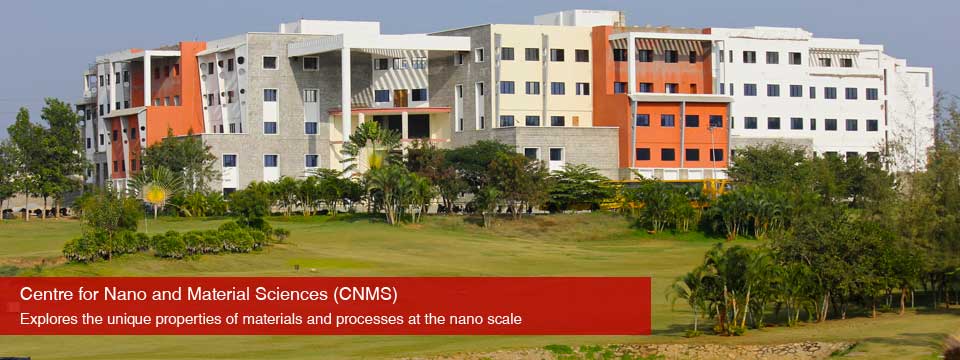|
Protein-Nanoparticle interaction
Interaction of nanoparticles with biomolecules (proteins, peptides etc.) is the basis of nanoparticle bio-reactivity. This interaction gives rise to the formation of a dynamic nanoparticle-protein corona. Adsorption of proteins at the Nano-bio interface is assisted by several forces such as hydrogen bonds, solvation forces, electrostatic interactions and Van der Waals interactions, etc. Characterization and analysis of proteins bound to the nanoparticles surface are the first step towards understanding the nature of the nanoparticle-mediated biological effects. The size, shape, and surface characteristics of nanoparticles affect protein adsorption and also have the capability to modify the structure of the adsorbed protein molecules. Thorough understanding of nanoparticle-protein interactions might lead to strategic manipulation of nanoparticles surfaces to adsorb specific functional proteins or small drug molecules intended for delivery in vivo.

|
The major objective of our research is to develop novel protein- nanoparticle conjugates based on gold and silver nanoparticles and to understand structural and conformational changes in the protein upon nanoparticle binding by various spectroscopic methods.
Protein/Peptide coated Silver Nanoparticles for Antimicrobial Application
The conjugation of nanoparticles with antimicrobial peptides is emerging as a promising route to achieving superior antimicrobial activity.Ultra stable Nano conjugate comprising ubiquitin modified silver nanoparticles was fabricated. The protein conformational and structural dynamics were studied by NMR. The antimicrobial efficacy of the conjugate was investigated for Escherichia coli by SEM by analysing the cell morphology. We have also designed a system consisting of a cysteine containing antimicrobial peptide conjugated with silver nanoparticles, in which the two components exhibit a dynamic interaction resulting in a significantly enhanced stability and biological activity compared to that of the individual components.
Nano-conjugates Inhibit Alzheimer’s Amyloid-β aggregation
Nanoparticles have also been recognized as promising and powerful tools to fight against the human brain diseases such as multiple sclerosis or Alzheimer's disease. Alzheimer’s disease is characterized by the aggregation and fibrillation of amyloid beta (Aβ1-40, Aβ1-42,) peptides into amyloid plaque. While different nanoparticle types, depending on the particle characteristics, have been reported that significantly influence amyloid fibrillation processes, the molecular mechanisms for such complex behaviours remain unknown with severe challenges remaining to be addressed in these systems. We focus on the development of various nanoparticle inhibitors for amyloid beta aggregation. Interestingly, the aggregation propensity of Aβ was reduced considerably in presence of Curcumin-PVP –gold nano-composite.
|



